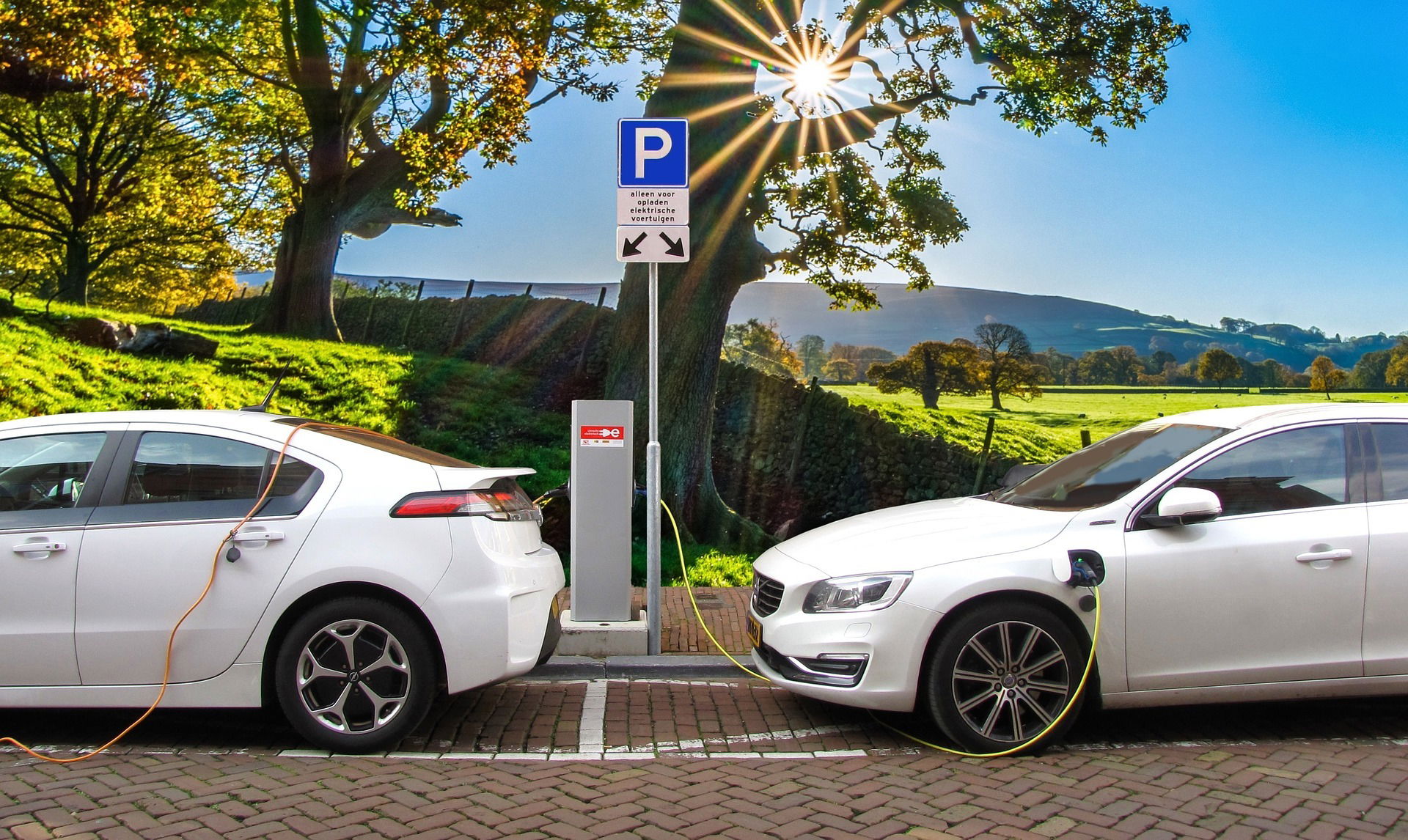What is happening: The EPA proposal
On September 12, 2025, the U.S. Environmental Protection Agency (EPA) formally proposed ending the Greenhouse Gas Reporting Program, which currently requires about 8,000 industrial facilities (power plants, refineries, large manufacturing plants, etc.) to submit annual reports of their greenhouse gas emissions.
Now, the EPA describes the reporting requirement as “bureaucratic red tape,” arguing it imposes costs without direct benefits for air quality or public health.
The move is part of a broader deregulation agenda under President Trump’s administration. Previous steps include reconsidering or rolling back the endangerment finding (which underpins regulation of vehicle and industrial emissions), relaxing emissions limits for power plants, and proposing to remove other climate regulations.
Analysts estimate that ending the reporting requirement could save businesses up to $2.4 billion over ten years.
Critics warn that without public reporting, transparency and accountability will suffer. The data is used by states, researchers, investors, regulated industries themselves, and the public to track emissions progress, to benchmark companies, and to enforce or craft new rules.
Why it matters for the auto industry

The auto industry does not sit outside this change; it is deeply affected, both directly and indirectly, in multiple ways. Below are several channels through which this policy shift could matter:
1. Regulatory environment & emissions standards
The endangerment finding is one of the legal foundations that allow the EPA to regulate greenhouse gas emissions from mobile sources — namely cars, trucks, and other vehicles. If that finding is weakened or overturned (as has been proposed in parallel with this reporting rollback), then emissions and fuel economy standards could be relaxed.
That means automakers might face fewer (or less strict) constraints concerning tailpipe emissions, which could reduce incentives for electric vehicle (EV) development or pushing for higher fuel efficiency.
The reporting requirement (while focused on large stationary sources) contributes to a broader ecosystem of climate regulation. By limiting disclosure, the data that informs policymaking (including vehicle emissions regulation) becomes weaker, potentially slowing new standards or making enforcement harder.
If regulatory agencies have less data, there is less pressure or justification for tightening car emission or fuel economy rules.
2. Investor, consumer, and market pressure
Automotive manufacturers are already facing strong pressure from investors, ESG (environmental, social, governance) funds, and consumers to reduce carbon footprints, develop EVs, and commit to net-zero. Transparency is a major part of that: public reporting of emissions (by both industrial & mobile sources) feeds into ratings, risk assessments, supply chain decisions, and reputational risk.
If the government scales back data collection, that doesn’t necessarily stop non-government channels (e.g. voluntary reporting by automakers or states) but it weakens a shared baseline. Without a credible, enforceable baseline, it becomes easier for stakeholders who resist stricter regulation to argue that existing or potential standards are overreach.
Automakers who have made heavy investments in EVs, carbon reduction, or sustainable supply chains might find that their competitive advantage is undermined if regulatory stringency is less (or perceived to be less). Their costs and investments remain, but the regulatory rewards or compliance pressure on others may lessen, possibly leveling the playing field in favor of less ambitious players.
3. Innovation, technology development, and R&D
When emissions reporting is required, there is stronger motivation for innovations (e.g. cleaner engines, alternative fuels, EV propulsion, lightweighting, battery tech) both to meet regulatory compliance and to anticipate future rules.
If reporting obligations are dropped, some of that forward-pressure is removed. Automakers may slow down or reallocate resources away from aggressive emissions reduction strategies, especially for segments where regulatory risk was a major impetus for innovation.
On the flip side, though, automakers who were banking on stringent future regulation (whether at the federal, state, or international levels) may continue their innovations to capture market share, especially considering global commitments. But uncertainty around U.S. regulation tends to increase investment risk, which can either slow investment or push it toward safer (lower risk) strategies.
4. Supply chain, material sourcing, and international trade
Automakers are global operations. Even if U.S. regulation is relaxed, many supply chains, materials, or components are sourced from or sold in jurisdictions with stricter emissions rules (EU, China, etc.). Manufacturers who want access to export markets typically must meet those standards.
Relaxing U.S. reporting may not help much with compliance elsewhere, but it could create mismatches: U.S.-based factories, or components from U.S. suppliers, might have less pressure to reduce emissions, which could put them at a competitive disadvantage internationally if buyers demand low-carbon credentials.
Also, parts suppliers in the U.S. may have depended on emission reporting data (of utilities, steel mills, chemical plants, etc.) for their own environmental metrics or Scope 3 emissions accounting. If that data becomes less available or reliable, suppliers may have to invest more themselves in measurement or rely on less standardized or less transparent data – increasing costs or adding complexity.
5. Legal, policy, and public perception risk
Automakers are subject to regulations not only at federal level but also from states (e.g. California, possibly other states adopting California’s rules), regional compacts, and international agreements.
If federal transparency drops, states or local governments may tighten their own rules, creating a patchwork of regulation—harder to comply with, more complex, more expensive. For example, automakers might face stricter state-level tailpipe or zero-emission vehicle quotas if they perceive federal standards weakening.
Public backlash is also possible.
Citizens concerned about climate change may see this rollback as a step backward, and automakers may be seen as complicit, especially those who lobbied for or supported relaxed regulation. That could affect brand equity, consumer choices, and even workforce morale.
Potential consequences & scenarios

Based on the interactions above, here are several possible outcomes, depending on how this plays out:
| Scenario | Key Drivers | Likely Outcomes for Auto Industry |
|---|---|---|
| Full rollback — reporting ends; endangerment finding repealed; few or no new federal constraints | Trump-EPA pushes through the rule changes; legal challenges are weak; Congress does not intervene; states may partially regulate | Lower compliance costs in short term; reduced pressure for EV transitions; investment in EV & clean technologies slows; U.S. automakers may lose leadership in clean tech; some markets (states / overseas) increasingly restrictive, pushing manufacturers to juggle different regulatory regimes. |
| Partial rollback with countervailing pressures — reporting ends, but state/federal courts or states impose or keep some standards; automakers continue EV investment due to market / trade forces | State-level actions (CA, NY, etc.), international trade demands, investor & consumer pressure, corporate ESG norms | Automakers may continue to push EVs & clean tech, but with increased complexity of compliance across jurisdictions; possibly higher costs for dual systems; U.S. market lags others; companies that are globally diversified suffer less. |
| Stalemate / legal resistance — reporting proposal delayed, modified by public comment / litigation; some rules remain or are reinstated | Strong opposition from environmental groups; courts uphold endangerment finding; Congress or states intervene; market dynamics (fuel prices, consumer preferences) push auto industry regardless | Uncertainty remains; automakers continue investing under cautious regulatory forecasting; possibly doubled down risk premiums; global competition favors firms that can adapt across regulatory regimes. |
Strategic implications: What auto firms might do
Given the shifts, auto companies are likely to respond in various ways.

Companies will likely invest more in scenario planning: what if federal regulation weakens? How will that affect emissions, products, and supply chain costs? Those with global operations must stay ahead of laws in Europe, China, etc., that are generally tightening rather than loosening emissions rules.
Automakers may expand voluntary reporting, sustainability reports, and third-party verification of emissions (Scope 1, 2, 3). These voluntary disclosures may partially substitute for lost federal reporting, especially to reassure investors, lenders, and customers.
Depending on their market positioning and long-term view, some automakers may slow or shift investment away from EVs (especially if they believe regulatory risk is lower), instead focusing on incremental improvements (e.g. mild hybrids, improved ICE efficiency). Others may double down on EV and alternative propulsion if they see state, international, or market pressure persisting or increasing.
Automakers will likely increase engagement with federal and state governments to shape legislation. Some may support state-level regulation to create consistency; others may prefer looser rules to reduce costs. Their stances may vary based on how much of their business depends on clean vehicle mandates, export markets, or corporate image.
Companies may emphasize environmental performance as a selling point, especially in regions where consumers care strongly about climate. They might also highlight low running costs (EVs), and shift more toward SUVs or lighter vehicles if standards weaken — but that risks backlash in some markets.
Risks and downsides

While there are potential short-term cost savings and regulatory relief for automakers in a weakened reporting regime, the risks could be substantial:
- Reputational risk: Auto brands may be tarnished if seen as aligned with deregulation that worsens climate impacts.
- Market risk: Consumers (especially younger ones) are increasingly environmentally conscious; demand for clean vehicles could grow more rapidly elsewhere. Companies that lag in EV readiness may lose market share internationally or even domestically.
- Regulatory whiplash: Because policy in the U.S. is often governed by shifts in administration, rules could be reinstated in a future administration. Companies that slack off now may incur higher costs later to catch up.
- Trade barriers: Export markets (EU, Canada, etc.) have or are building in carbon or emissions-based trade measures. U.S. companies with less rigorous emissions practices might face tariffs, restrictions, or competitive disadvantage.
- Innovation lag: Relaxing regulatory pressure may lead to slower progress in key technologies (battery, hydrogen, lightweight materials) — which could compromise competitiveness in the long run.
Broader industry and systemic impacts
Beyond individual firms, there are wider shifts.
Supply chains & upstream emissions: Reporting often covers factories, refineries, utilities – not just carmakers. If these upstream emissions become less transparent, it becomes harder to assess or reduce the full life-cycle emissions of vehicles (especially electric ones). This may delay or complicate efforts to decarbonize not just cars, but the energy required to power them or manufacture components.
State vs federal leadership: If federal oversight weakens, states may step in (e.g. California, New York, others) with their own emission disclosure, vehicle emissions standards, zero-emission vehicle quotas. That could lead to a fragmented policy landscape: more regulatory complexity, possibly higher compliance costs.
Financial sector & capital flows: Investors and lenders (banks, ESG funds) often require emissions/ESG data. Without government-collected data, reliance shifts to corporate self-reporting or third-party data providers, which may vary in reliability. Financial institutions may increase premium or risk adjustments or pull back from firms that seem less transparent.
Global competitiveness: In many parts of the world, vehicle emissions regulation is tightening. Automakers that build for global markets must balance U.S. regulatory loosening with stricter rules abroad. Those that move quickly may capture export markets; those that lag may lose out.
What this means for the future

Momentum in EVs may persist, but unevenly. Automakers already committed to EVs for international markets or brand image will likely continue. But those for whom regulatory pressure was a key driver may scale back investments or slow the transition.
Firms dislike uncertainty. When rules can flip (reporting requirements gone, then perhaps back under another administration), planning becomes more difficult. This could affect supply contracts, R&D roadmaps, manufacturing investments, hiring.
Without reporting, regulation might shift toward the end-point results (tailpipe emissions, fuel efficiency) rather than upstream reporting. Or there may be more reliance on consumer disclosures, trade policy, or state mandates as federal transparency decreases.
Automakers that proactively commit to low emissions, carbon neutrality, or high environmental standards may gain differentiation. Green credentials may increasingly become a competitive advantage, especially in EV segments or among certain consumer demographics.
Environmental groups are already preparing legal and public pressure. If reporting is eliminated, it may prompt lawsuits, state challenges, or legislative countermeasures. Automakers may find themselves in the midst of controversy even if they are not direct targets.
The Forecast
The proposed EPA move to end mandatory greenhouse gas reporting is a substantial change in the regulatory landscape. For the auto industry, its implications are both direct and indirect. In the short term some cost relief and regulatory flexibility may be welcomed. But the move also introduces risks: reduced transparency, weakened regulatory pressure, potential for regulatory reversal, and the danger of losing leadership in a global automotive market increasingly focused on emissions, sustainability, and climate risk.
How automakers navigate this will depend on their risk appetite, geographic footprint, access to capital, and how much they value long-term positioning versus short-term advantage. In an era where climate policy and consumer expectations are accelerating, leaning into transparency, innovation, and sustainability may be safer bets than betting on deregulation permanently trending toward laxity.